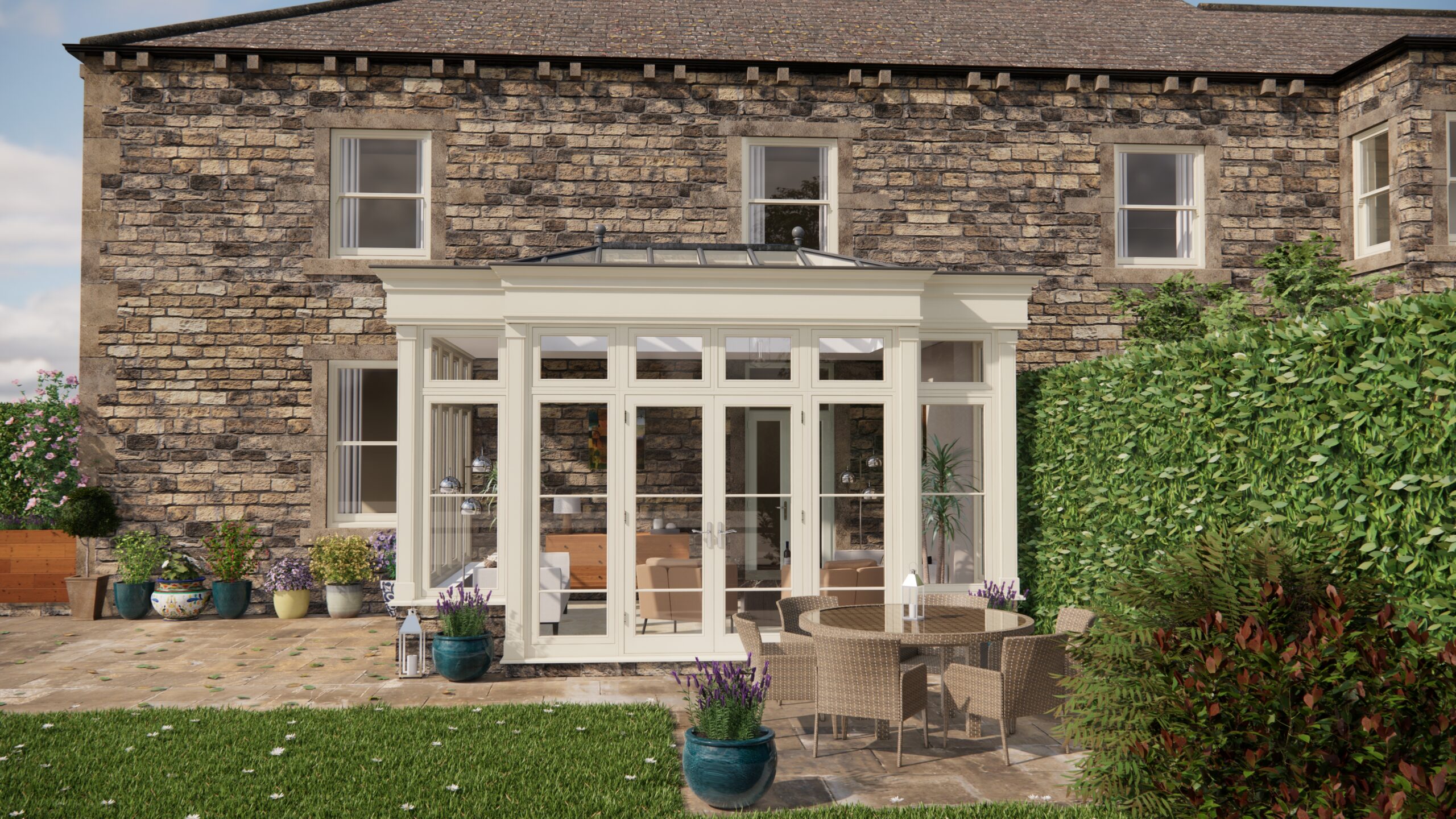Right, let’s dive into making yoga accessible for everyone, right in the heart of your home. I had a brilliant chat with Elise the other day about just this, specifically how to adapt your yoga practice to suit your unique body and abilities. It was fascinating, and I’m itching to share what I learned!
Home is Where the Yoga Is
First off, let’s talk about the space. Forget needing a fancy studio. Your living room, a spare bedroom, even a well-lit corner will do. The key is making it feel inviting and calming. Elise emphasized how decluttering the area beforehand creates a sense of peace. Think about the light – natural light is amazing, of course, but soft lamps or fairy lights can work wonders too. Consider investing in a decent yoga mat and maybe some cushions to help you feel supported. If you have an orangery, this becomes ideal. The natural light and the feeling of being connected to the outdoors amplify the positive effects of yoga, blending indoor comfort with outdoor serenity.
Adapting Poses: One Size Doesn’t Fit All
Now, the juicy part: modifying poses. We all come in different shapes and sizes, and our bodies have different limitations. What works for one person might not work for another, and that’s perfectly okay. Elise was a huge advocate for listening to your body and ditching the ego.
She mentioned a few common sticking points and how to navigate them. Take downward-facing dog, for example. If you have tight hamstrings, like many of us do (myself included!), Elise suggested bending your knees generously. This allows you to focus on lengthening your spine, which is the real goal of the pose, rather than forcing your legs to be straight. You could also use blocks under your hands to shorten the distance to the floor.
For those with larger chests, certain prone poses like cobra or locust can feel uncomfortable. Elise suggested widening the legs slightly and placing a rolled-up blanket under the hips to create more space for the abdomen. This subtle adjustment can make a world of difference in terms of comfort and accessibility.
Prop Up Your Practice
Props are your friends! Blocks, straps, blankets – these aren’t just for beginners. They’re tools to help you find proper alignment and support your body where it needs it. Elise showed me how using a strap in seated forward fold can help you reach your feet without rounding your back. Loop the strap around your feet and hold onto the ends. This allows you to gently pull yourself forward, lengthening your spine and deepening the stretch.
Blocks can be used in countless ways. In triangle pose, for instance, placing a block under your hand can bring the floor closer to you, allowing you to maintain a straight spine and open chest. Similarly, in bridge pose, placing a block under your sacrum (the flat bone at the base of your spine) creates a supported bridge, which can be a great way to relax and open your chest.
Mindfulness and Self-Compassion: The Secret Sauce
Perhaps the most important thing Elise emphasized was the importance of mindfulness and self-compassion. Yoga isn’t just about the physical poses; it’s about connecting with your breath and being present in your body. If you’re feeling pain, stop! There’s no shame in modifying a pose or taking a break.
Elise uses an app that guides her through breathing exercises for 5 minutes at the start of each session. This helps to centre the mind and prepare her for the session. Some mindfulness and meditation apps offer guided sessions suitable for all ages which is useful if you are trying to include the whole family.
She said that she talks to herself kindly during her practice, something like, “My body is doing its best today, and that’s enough.” This self-compassion is crucial for building a positive relationship with your body and creating a sustainable yoga practice.
Elise summed it up perfectly: listen to your body, use props to support you, and be kind to yourself. These simple principles can help you create a yoga practice that is both challenging and enjoyable, regardless of your age, skill level, or body type. So, roll out your mat, find your breath, and enjoy the journey! Embrace the idea that yoga at home can become a tailored sanctuary, enhancing both your physical and mental wellbeing. Start slowly and build up gradually. A space that is comfortable and easy to use will draw you in and encourage you to continue.


